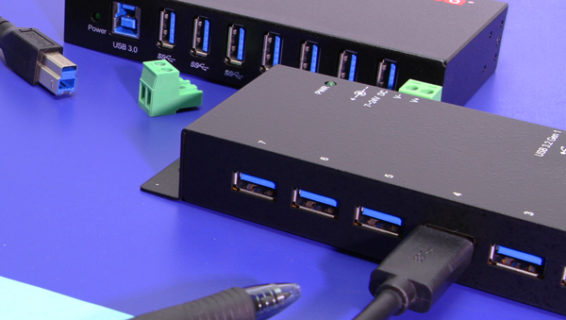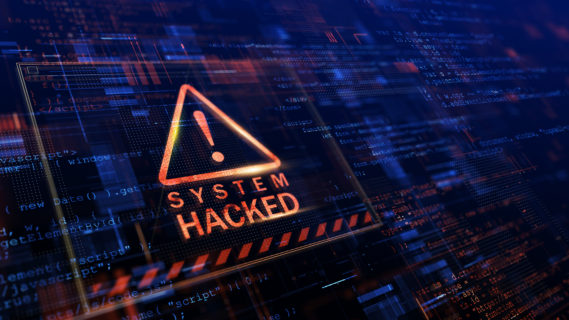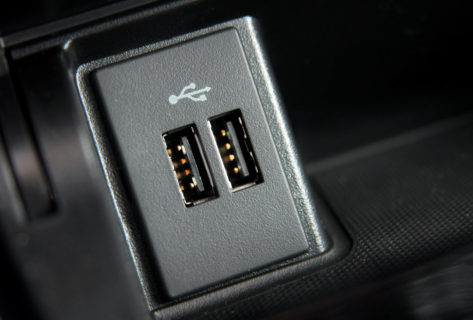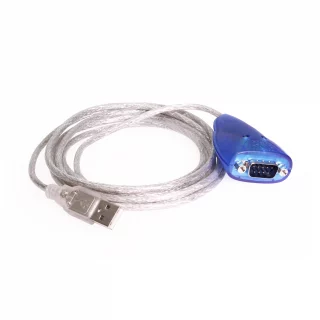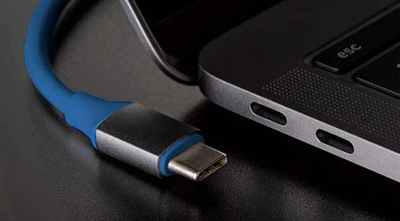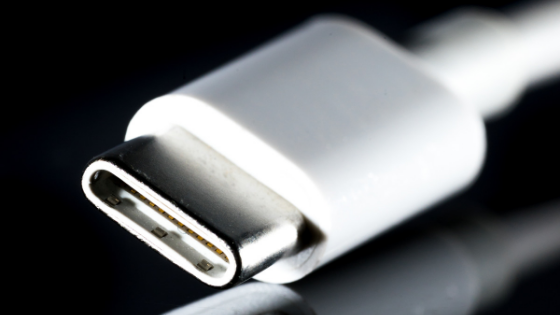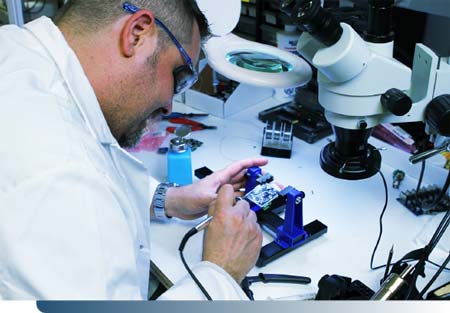It’s Official. We hinted at this earlier this year, and earlier this month in a press release given by the European Union on October 4, 2022, the EU formally adopted a new law that states “By the end of 2024, all mobile phones, tablets, and cameras sold in the EU will have to be equipped with a USB Type-C charging port” to avoid hurting consumers and the environment. Laptops must all comply by the end of 2026.
What will this look like for consumers in the EU?
New chargers will not need to be purchased when buying a new device.
Only one single charger will be needed for a range of small and medium-sized portable electronic devices
All devices that support fast charging will be able to charge at the same speed as any compatible charger.
The “lock-in” effect will no longer cause consumers to have to purchase from a single manufacturer.
Why All The Buzz Around Chargers?
USB-C has globally become the latest and greatest in device connectivity. The standard across Android and other big tech gadgets. Except for Apple. Since 2012, all Apple phones starting with the iPhone 5 and most of their other devices have required Apple-engineered Lightning cables. After years of deliberation on the topic, and after gaining traction in the last year, the European Parliament consisting of hundreds of delegates from 27 European nations has followed through on their proposal that “as wireless charging becomes more prevalent, the European Commission will have to harmonize interoperability requirements by the end of 2024.” The problems laid out in their proposal in September 2021 shared the following data:
38% of consumers report incompatible chargers causing problems with their Smartphone charging needs
€2.4 billion is spent annually on standalone chargers purchased separately from devices
11,000 tonnes of e-waste is attributed to discarded chargers annually.
Why Legislate USB-C?
Most big tech companies are already pairing their devices with USB-C chargers, but Apple has long stood its ground as a maker of its own proprietary charging technology. Apple’s Lightening chargers are all they claim to be, albeit they’re the only cables my cat seems to enjoy eating, but USB technology has kept pace and keeps getting better and better. Like the device end of Apple’s chargers, USB-C is also rotationally symmetrical, a feature Apple users have come to love. USB-C is now standard across most other devices and offers fast and powerful charging and data transfer capabilities. And it keeps getting better and better.
Apple’s Argument Against USB-C
Apple engineered the Lightning chargers as an alternative to micro USB, which had several shortcomings and is no longer prevalently used. But as USB technology has significantly improved and USB-C has widely been adopted by nearly every other big tech company thanks to its power and speed. As outlined in Forbes, a major difference between Lightning cables and USC-C is the size of the device end. Apple created a thinner device end to accommodate a more sleek, thin phone design. And although Apple has already made the move to USB-C for their laptops and iPad pro, unfortunately for the rest of their Lightening powered devices, the Commission has spoken.
In an interview with WSJ, Apple’s Senior Vice President of Worldwide Marketing Greg Joswiak responded to the news of the legislation and confirmed that they will comply, because they have to comply, though they are not happy about it. He said that they preferred the path they had already been taking – using power adapters with detachable cables so as to not disrupt the hundreds of millions of actively used devices currently being used by their customers. Interestingly, Apple has been making claims in direct conflict with the claims (and compiled data) of the EU that forcing the switch would cause unnecessary e-waste, as opposed to the current solution of using detachable cables.
Back in early 2020, Apple issued the following statement:
“We do not believe there is a case for regulation given the industry is already moving to the use of USB Type-C through a connector or cable assembly. This includes Apple’s USB-C power adapter which is compatible with all iPhone and iPad devices. This approach is more affordable and convenient for consumers, enables charging for a wide range of portable electronic products, encourages people to reuse their chargers, and allows for innovation.
Before 2009, the Commission considered mandating that all smartphones use only USB Micro-B connectors which would have restricted the advancement to Lightning and USB Type-C. Instead, the Commission established a voluntary, industry standards-based approach that saw the market shift from 30 chargers down to 3, soon to be two — Lightning and USB-C, showing this approach does work.
We hope the Commission will continue to seek a solution that does not restrict the industry’s ability to innovate and bring exciting new technology to customers.”
Give the People What They Want?
Did you hear about the engineer who successfully added a working USB-C port to an Apple iPhone? That phone sold at auction for $86,001. And then, on April Fools’ Day, the same engineer did the reverse just for funsies. But the fact that the doctored iPhone sold for SO MUCH is indicative of the larger issue at hand. Most consumers can agree that being technologically “locked in” is inconvenient and inefficient.
What This Means for Consumers in the US
Currently, Apple only has confirmed that it will be complying with the EU’s new legislation and has not even alluded to a change for US consumers. But they have already adopted the use of USB-C in some of their devices, so it stands to reason that perhaps they may go in the direction of USB-C for their Smartphones in the future. Only time will tell. Or legislation in the US. Whichever comes first.
Coolgear and USB
At Coolgear, we make it easy and affordable to invest in high-quality cables for all your charging needs. We keep our finger on the pulse of USB technology and the news and innovations in the tech world, so as Apple pivots for the EU, and as any changes are announced for consumers in the US, Coolgear will have you covered.
Sources:
https://ec.europa.eu/commission/presscorner/detail/en/IP_21_4613
https://www.europarl.europa.eu/news/en/press-room/20220930IPR41928/long-awaited-common-charger-for-mobile-devices-will-be-a-reality-in-2024
https://www.computerworld.com/article/2488194/usb-c-explained-how-to-get-the-most-from-it-and-why-it-keeps-getting-better.html
https://www.forbes.com/sites/davidphelan/2020/02/11/apple-challenges-europes-mooted-lightning-cable-ban/?sh=2f1f412212f2
https://www.digitaleurope.org/resources/memorandum-of-understanding-on-the-future-common-charging-solution-for-smartphones/



